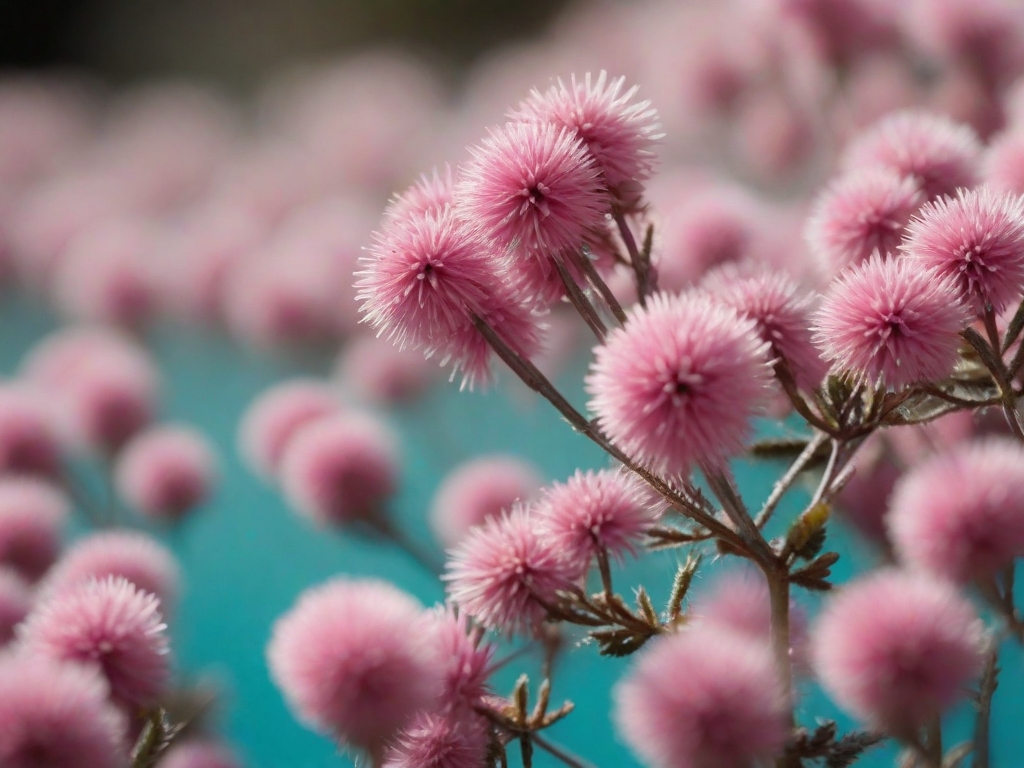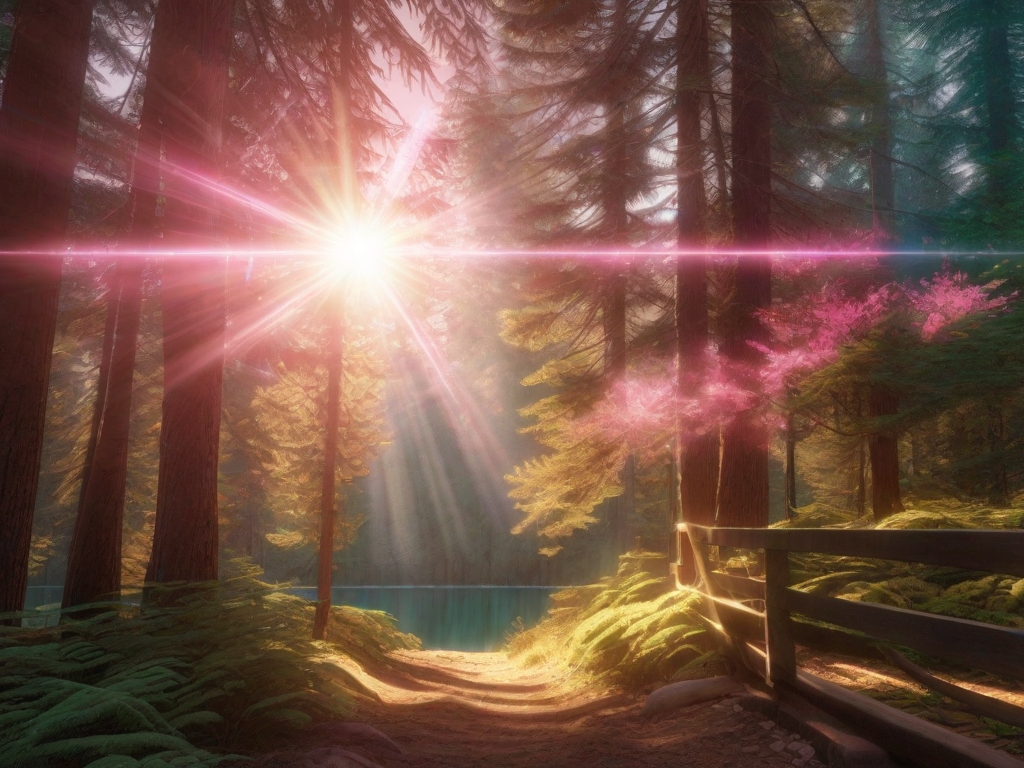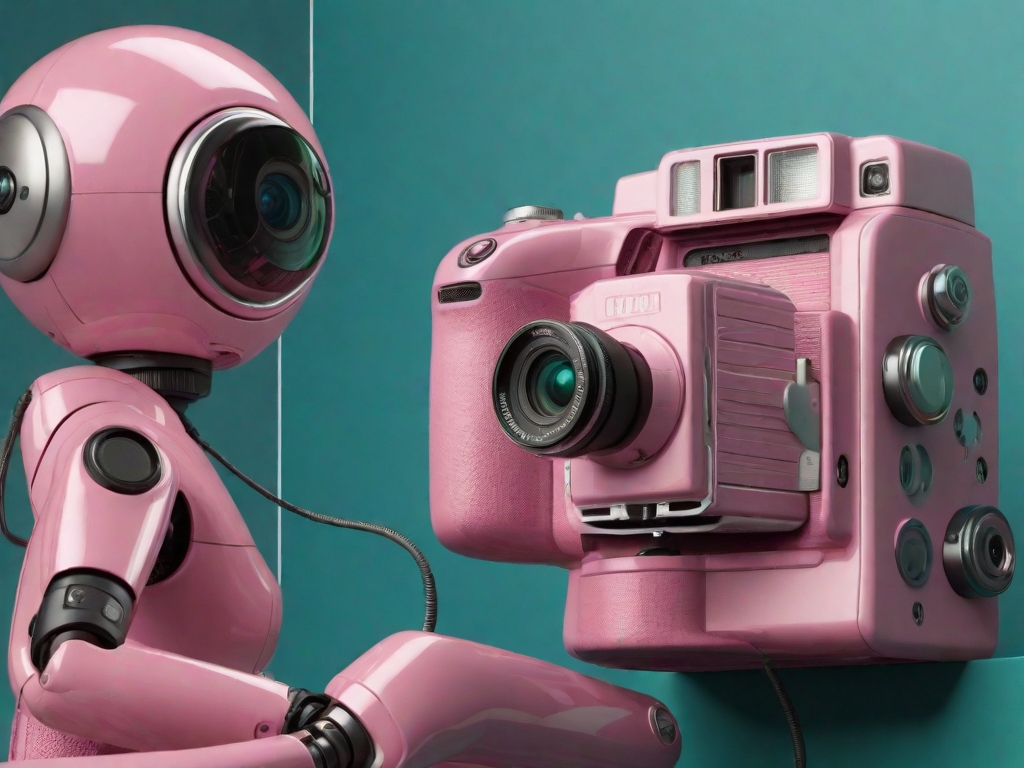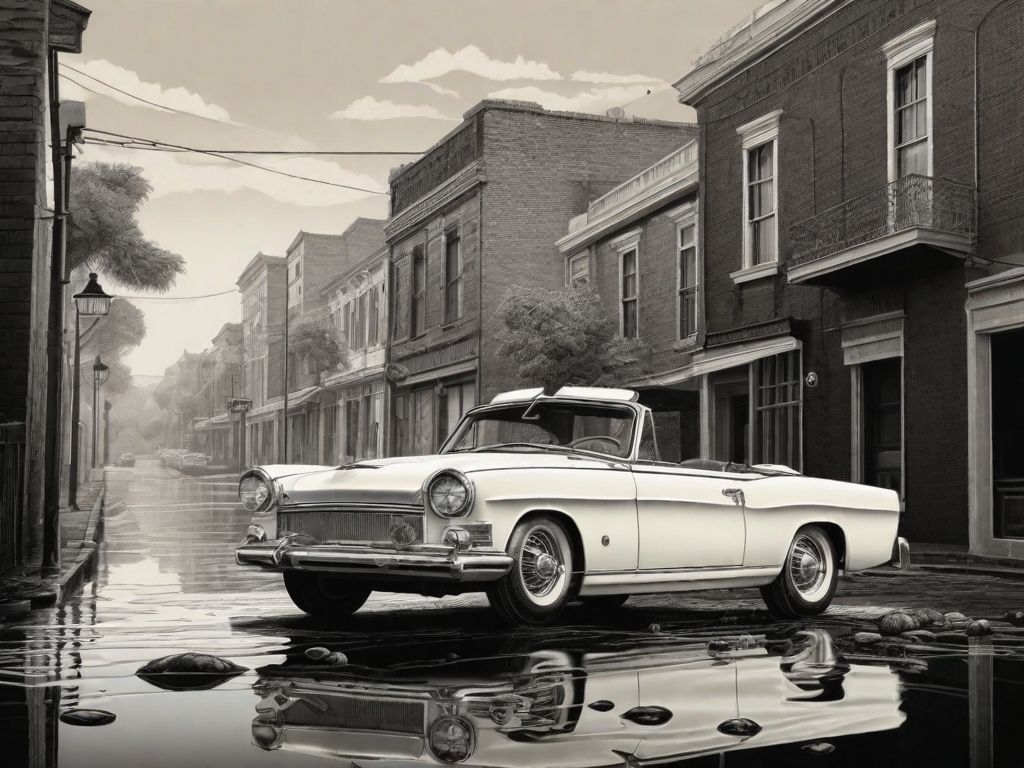In the realm of photography, there are many terms that can be overwhelming for beginners and enthusiasts alike. However, with artificial intelligence (AI) revolutionizing various industries, it’s reshaping the way we perceive and understand photography. This blog will guide you through 10 essential photography terms and how they interact with AI to produce stunning images.
1. Bokeh
Bokeh, derived from the Japanese word ‘boke’ meaning blur, refers to the aesthetic quality of the out-of-focus areas in a photograph. AI enhances this effect by accurately identifying the subject and blurring the background, creating a pleasing visual contrast and depth.

2. Photograph
A photograph is essentially a captured moment. AI transforms this concept by introducing intelligent features such as automatic scene recognition, object detection, and post-processing adjustments. It optimizes the image quality, making every photograph a masterpiece. Specifying “photorealistic” tells the AI to generate an image that looks like it could be a real photograph, even though it is not. On the other hand, asking for a “photograph” might suggest that you want the AI to output an image that appears to be an unaltered camera-taken picture. The distinction is important because it sets expectations for the resulting image’s authenticity and origin. Photorealistic images are understood to be artificially created to look real, while photographs are generally perceived as captured rather than created.
3. Angles
Angles, like wide shots or close-ups, significantly influence the story a photograph tells. Prompting with terms like “wide shot”, “close-up”, “portrait”, “fish eye”, “birds-eye view”, etc. help to create an image that tells a story.
4. Depth of Field
Depth of field relates to the range of distance within a photo that appears sharp. AI can manipulate the depth of field post-capture, enabling photographers to focus on different elements without needing to re-shoot.

5. Double Exposure
Double exposure is a technique where two images are superimposed to create a single image. AI simplifies this process by seamlessly blending images, taking into account factors like lighting and contrast.
6. Lens Flare
Lens flare, an effect caused by scattered light, can add a creative touch to photographs. AI can mimic this effect realistically, eliminating the need for specific lenses or lighting conditions.

7. Lighting
Lighting is a crucial aspect of photography. AI can analyze the lighting conditions and adjust the camera settings accordingly, or even enhance the lighting in post-processing, ensuring well-lit photographs every time.
8. Types of Cameras
Different cameras, such as Kodak or Fujifilm, have unique characteristics that affect image quality. AI can recognize and replicate these characteristics, allowing users to emulate various camera styles digitally.

9. Vignette
A vignette is a reduction of an image’s brightness or saturation at its periphery. AI can add or reduce vignetting based on the image’s content and desired mood, providing further control over the image’s aesthetic.
10. Black and White
Black and white photography holds a timeless appeal. With AI, converting colored images into black and white while maintaining depth and contrast is easier than ever before.

AI has indeed opened up new avenues in photography, making it more accessible and exciting for all.
Here are some sample prompts to explore these concepts further:
- “Generate a photorealistic image of a bustling cityscape at dusk with a strong bokeh effect to highlight the city lights.”
- “Compose a wide-angle shot of a serene beach during sunset, using depth of field to focus on a single seashell in the foreground.”
- “Design a double exposure image blending a silhouette of a person with a starry night sky.”
- “Produce a black and white image of a vintage city street scene with vignette effect to give it a classic feel.”
- “Design an image with a lens flare effect from a sunrise over a mountain range, emulating the unique characteristics of a Fujifilm camera.”
As we continue to embrace AI in our photographic journeys, these terms and their applications will become increasingly significant. You can learn how to better prompt for stand out images in our Applied AI course where we go over tools like Leonardo, MidJourney, Ideogram, and more. Happy shooting!

